About Eastern and Southern Caribbean
For almost 40 years, the United States Agency for International Development (USAID) has provided development assistance to the Caribbean region and sought to advance: “Safer more prosperous Caribbean Communities.” Despite significant strides made over the years, Eastern and Southern Caribbean countries remain vulnerable to myriad threats that impact the lives and livelihoods of citizens and vulnerable populations. The region continues to grapple with the effects of the global economic recession, which has hampered economic growth and contributed to labor instability and widespread job loss. Youth in the region suffer from high school dropout rates, the breakdown of traditional family and community structures, high levels of domestic violence, and substance abuse, increasing their risk for involvement in crime and violence. Due to their small geographic size, low coastal elevations, and fragile landscapes, Caribbean countries are also highly susceptible to climate change impacts, with increased storms, drought, and other climate-related natural disasters causing more widespread damage in recent years. In addition to adversely affecting food security, infrastructural development, and economic growth, extreme weather events have led to losses for the region’s tourism, agricultural, and fisheries sectors. In the area of health, Caribbean nations face extremely high HIV/AIDS prevalence rates, with an estimated 250,000 people currently living with the disease. In an effort to address these and other critical issues, USAID supports national and regional initiatives that reduce youth involvement in crime and violence, increase epidemic control of HIV/AIDS, and mitigate risks resulting from climate variability.







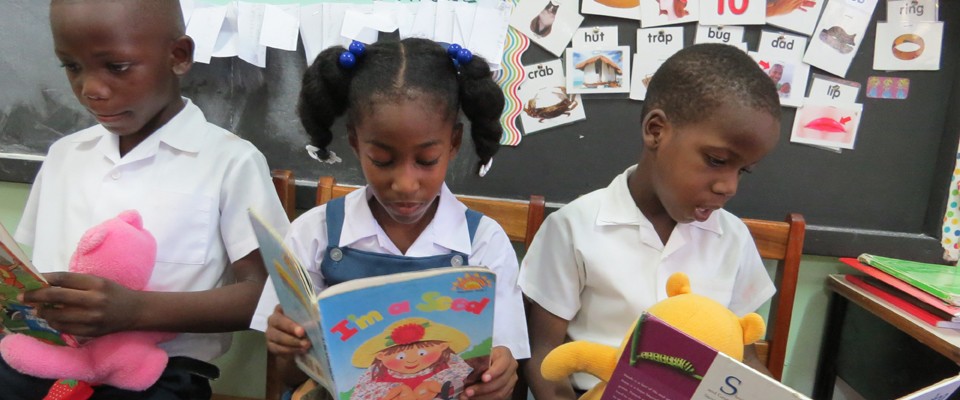
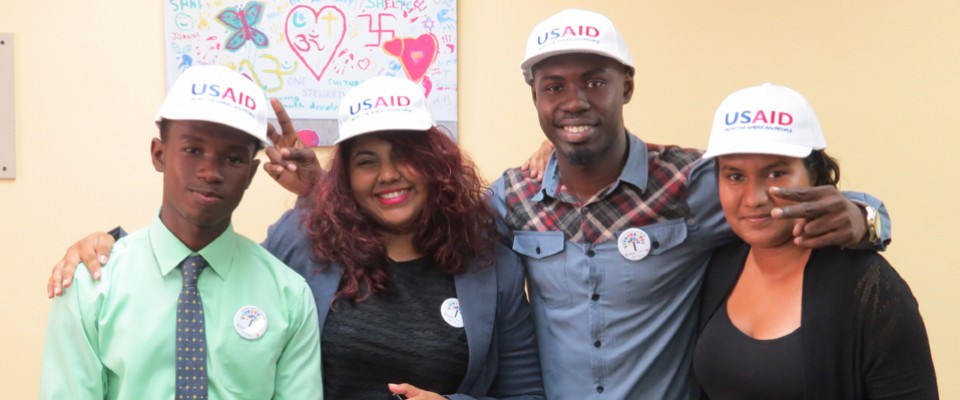
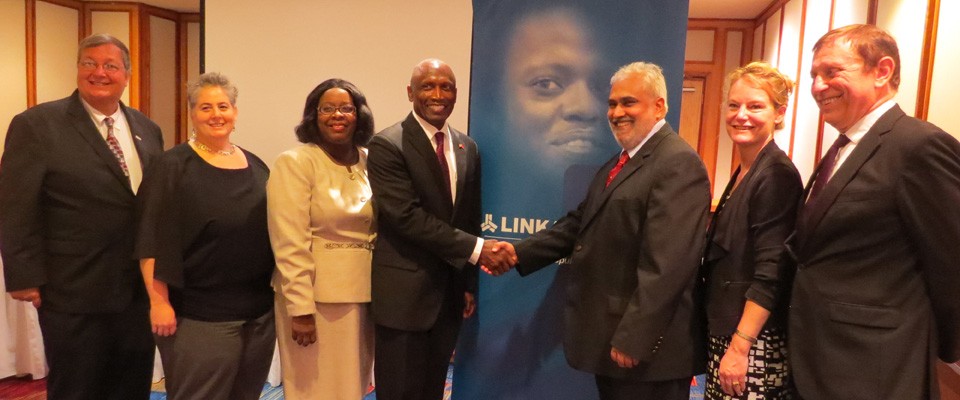
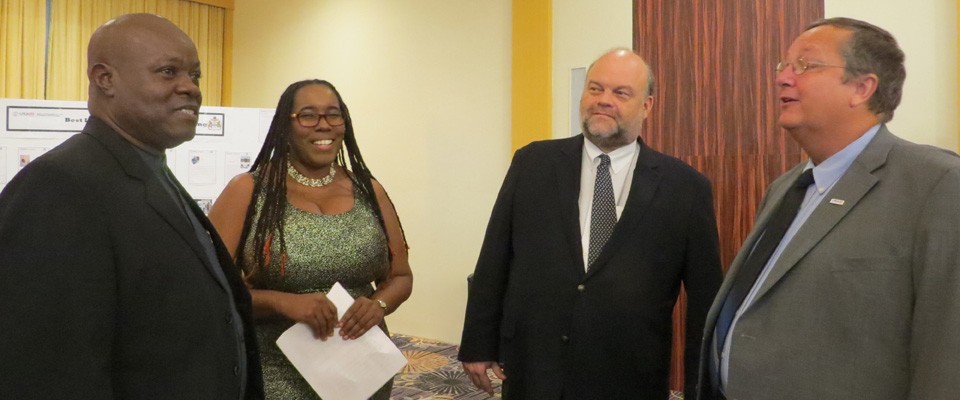
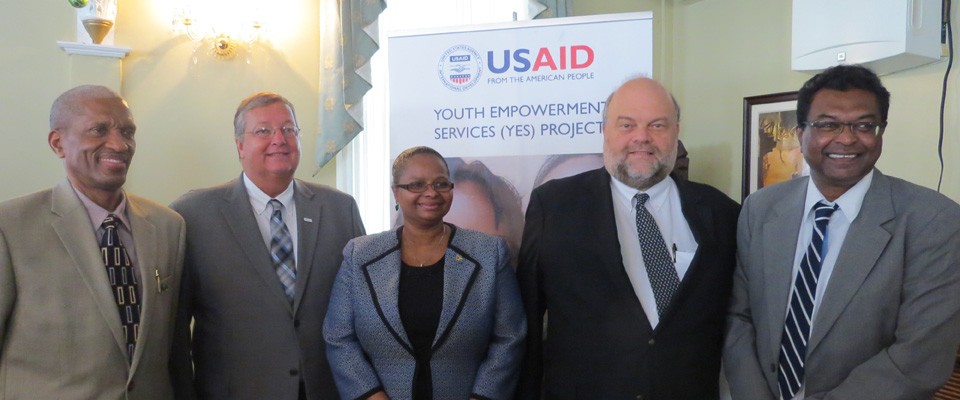



Comment
Make a general inquiry or suggest an improvement.